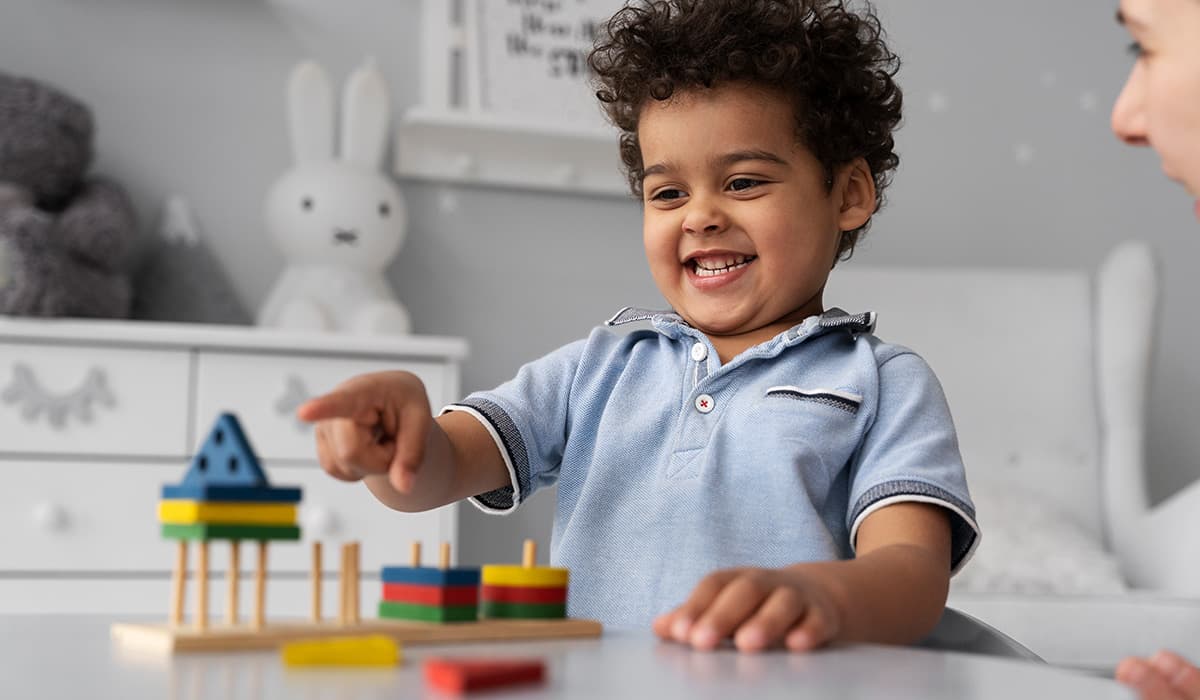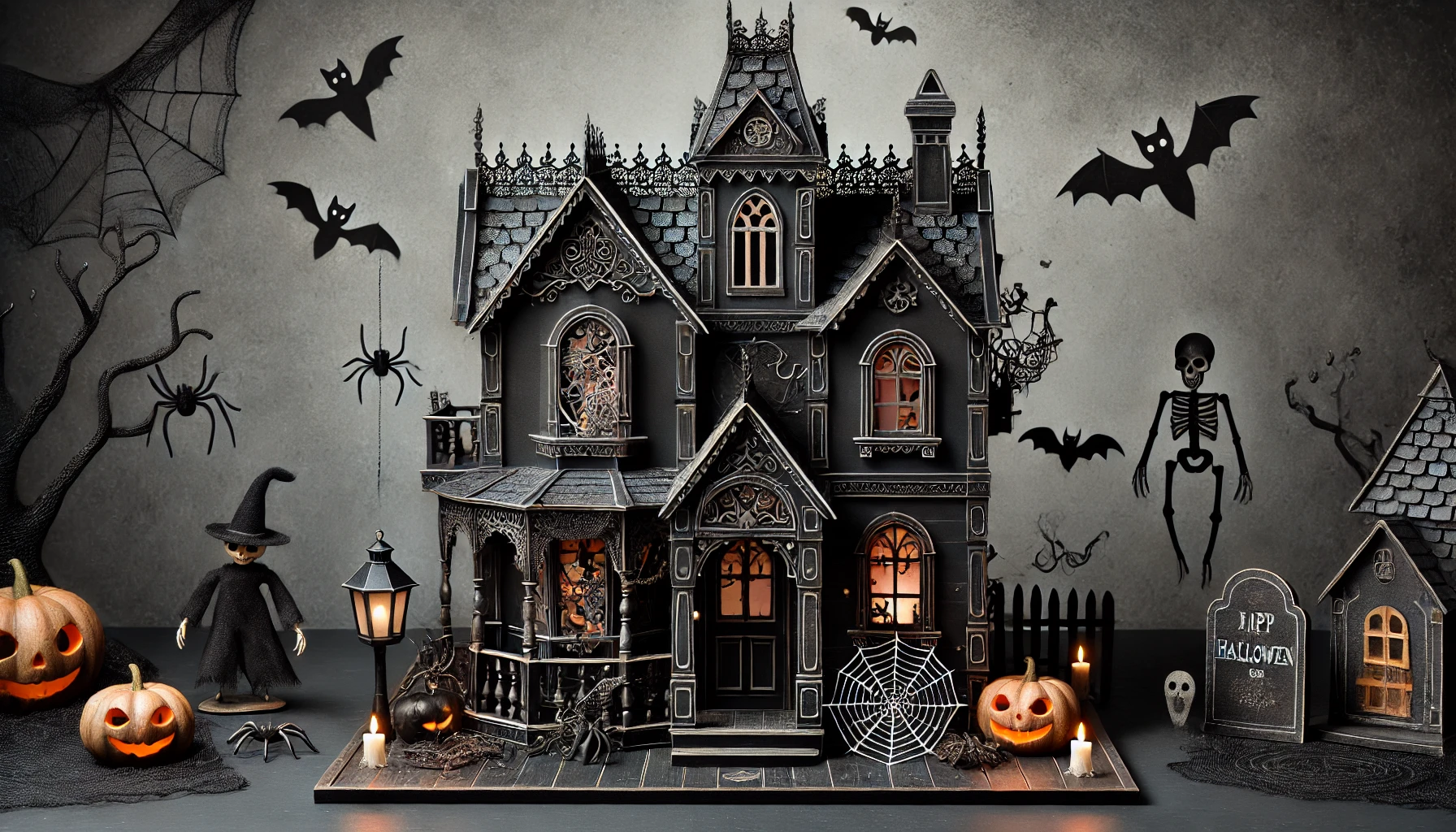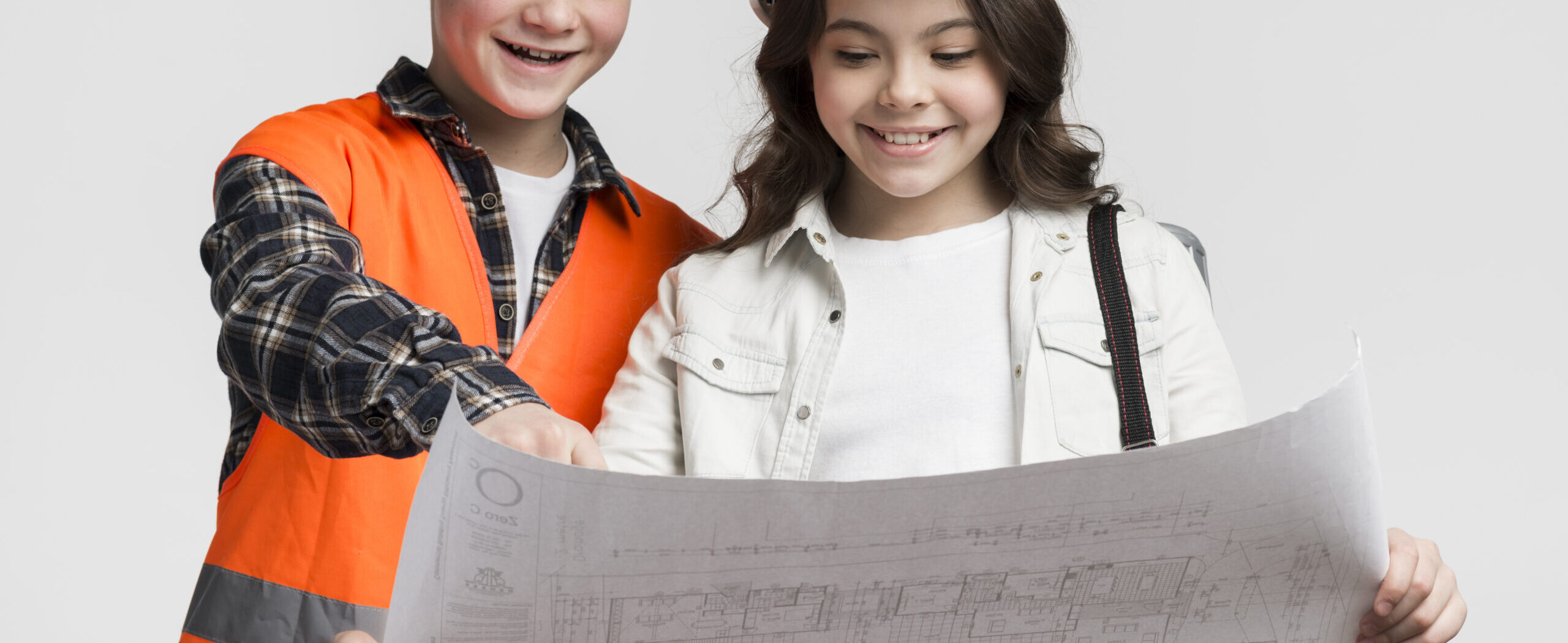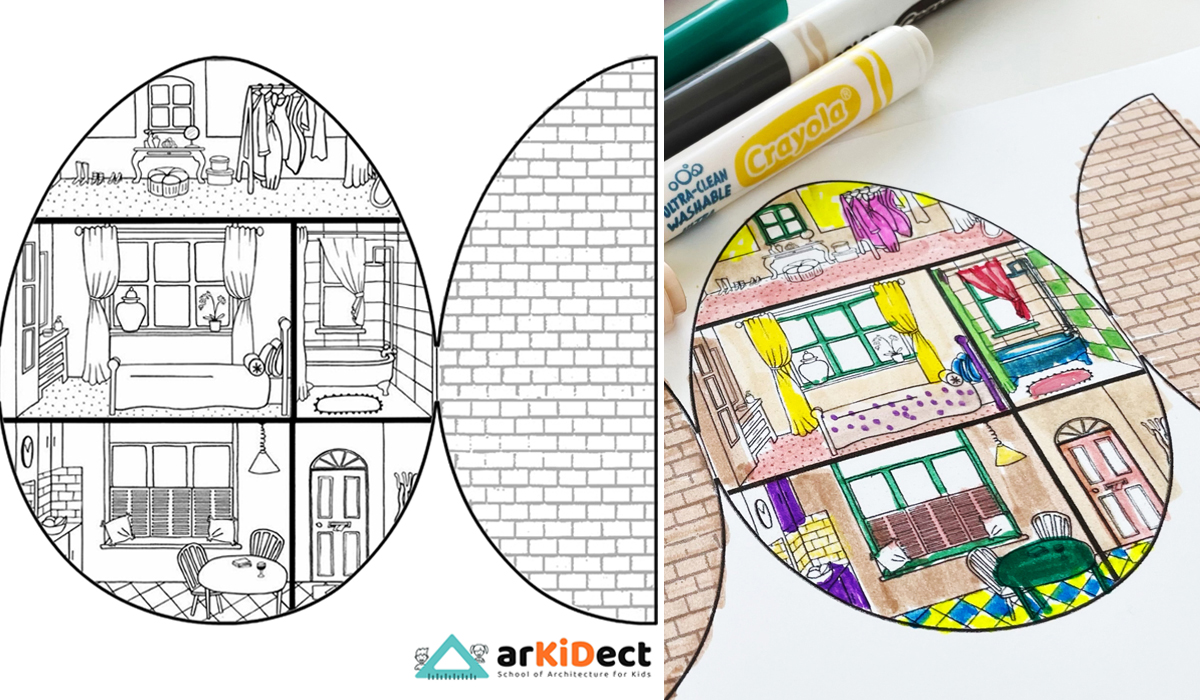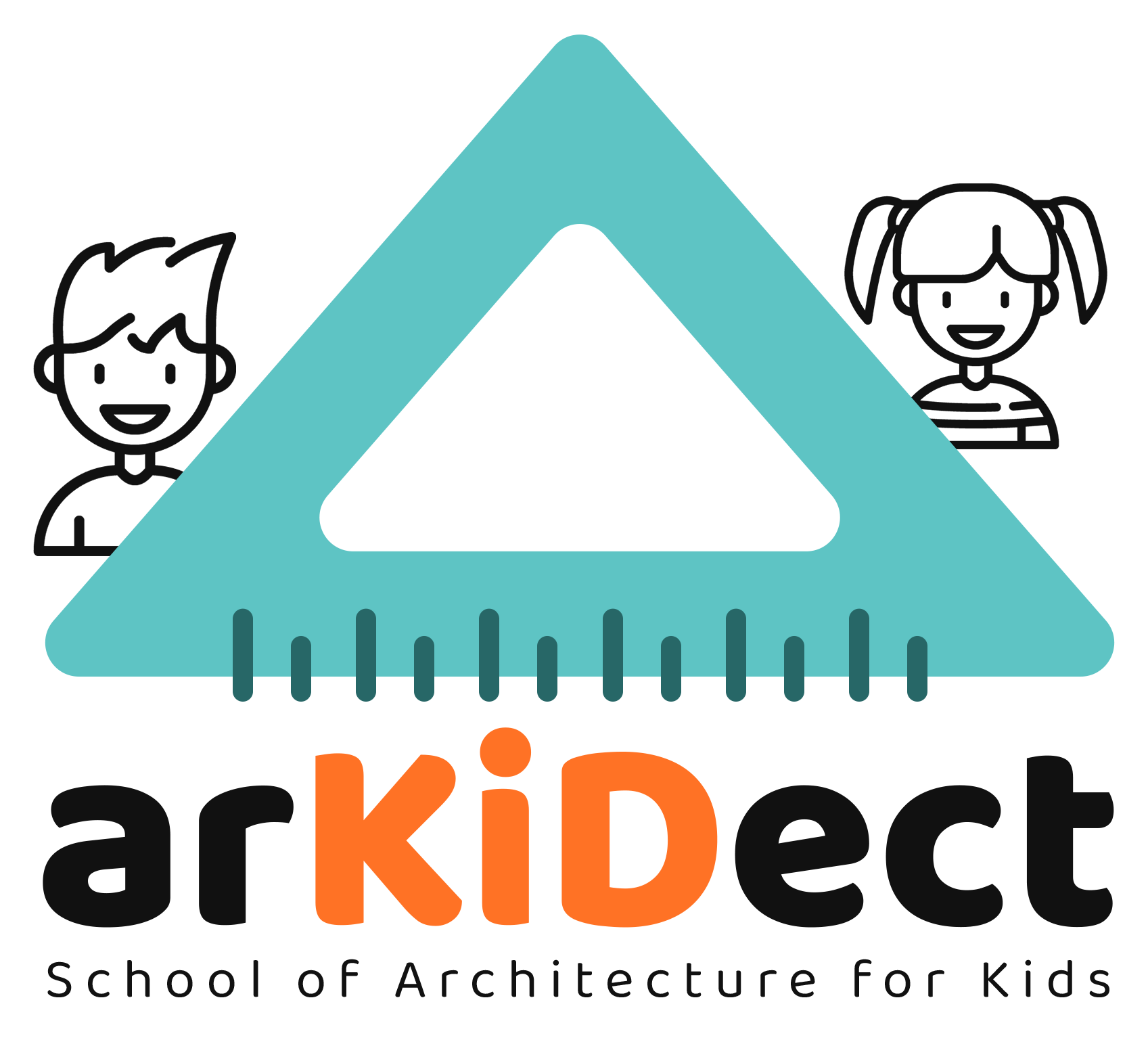We usually equate play with entertainment, but what if we told you that playing with construction toys like Legos could be a means to the development of crucial mental abilities? In this article, we’ll explore the fascinating topic of how children’s play, and more especially play with construction toys, might help foster the development of important cognitive skills in future architects. Get ready to learn how your childhood Lego projects might inspire architectural genius.
Why Play Is Good for Your Brain: Constructing Robust Brains
Children’s play serves a much more important purpose than simply entertaining them; it contributes significantly to their brain growth. Children develop their sense of curiosity, creativity, and social awareness through play. When applied to the field of architecture, this method becomes an effective means of conveying abstract ideas.
The Link Between Legos and Intelligence
Legos and other building toys are more than simply a form of entertainment; they also serve as mental workout equipment. Putting up Lego constructions is a great mental challenge for kids. Building their creations helps them develop a sense of spatial awareness, symmetry, and equilibrium.
Ingenuity and problem-solving
Puzzle-solving is fostered by playing with construction toys. When their creation doesn’t stand up, kids have to find out what went wrong and how to fix it. The approach encourages analytical thinking and conceptualization, both of which are crucial for architects.
Understanding Space and Forming Geometric 3D Worlds
Young children can learn the basics of spatial reasoning by constructing with building toys. Working on their projects provides a natural context for learning about volume, scale, and proportion. The field of architecture relies heavily on spatial abilities such as these.
From Symmetry to Harmony in Architectural Aesthetics
Aesthetics matter, even in the recreational realm. Concepts such as symmetry, patterns, and color coordination become clear to children. These details are essential in the aesthetics and design of buildings, not merely for their visual value.
The Art of Layout and Organization
Kids’ play evolves from impromptu construction to careful planning as they get older. This is the stage where conceptualization moves from Legos to technical drawings. Students acquire organizational, detail-oriented, and project-management abilities as they sketch, digitally render, and otherwise visualize their designs.
Educating While Having Fun: The Concept of “Learning Through Play”
Adding educational elements to play can increase its positive effects on brain function. You may, for instance, talk about the history of architecture and the significance of various structures. The discussion of structural stability could potentially delve into elementary physics.
The progression from building with Legos to using actual building plans is fascinating and immensely useful. The cognitive skills of spatial awareness, problem solving, and creativity are all essential for future architects, and these are the very qualities that children develop via playing with building toys. Keep in mind that your budding architects aren’t simply having fun as they construct their Lego creations; they’re also creating the mental groundwork for a career in architecture. Play with them, teach them, and watch as their imaginations explode with new forms of construction.

